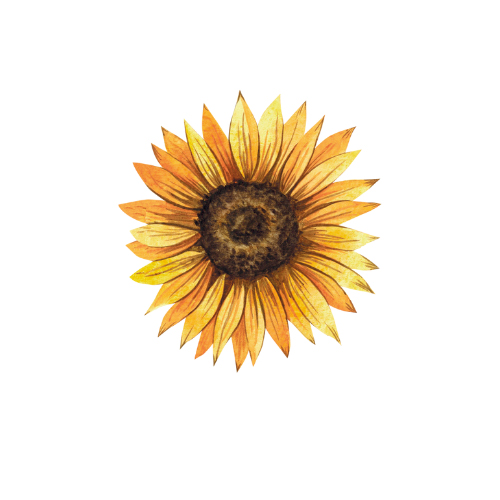Menu

On April 8, 1971, 23 representatives of the Roma and Sinti community from 14 European countries gathered for the first time in London and founded the first “World Romani Congress”. The aim of this historic gathering was to work unitedly for social justice and equality and is considered a turning point in the civil rights movement of Europe's largest minority. This event symbolized a new self-confidence, which was reflected in the adoption of their own anthem, “Djelem, djelem”, and the agreement on the self-designation “Roma & Sinti”, instead of the terms “Zigeuner” and “Gypsie”, which were perceived as discriminatory and stereotypical. They also agreed on their own Romani flag: the blue in the upper half and the green in the lower half symbolize heaven and earth. In the middle, there is also a red chakra (spoked wheel) in reference to the Indian origin of the Sinti and Roma. Since 1971, April 8 has been celebrated in many countries as “World Roma Day”.

E kamesgi luludschi – The Sunflower
The sunflower is the flower of the Roma.
It provides nourishment, it is life.
And women adorn themselves with it.
It is the color of the sun.
As children, we ate its delicate,
yellow leaves in spring and its seeds in fall.
It was important to the Roma.
More important than the rose,
because the rose makes us weep.
But the sunflower makes us laugh.
Poem by Holocaust survivor, artist and Roma activist Ceija Stojka (1933–2013), published in “The Dawn of Words. A Contemporary Atlas of Romani Poetry.”
